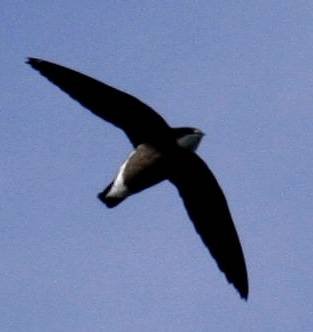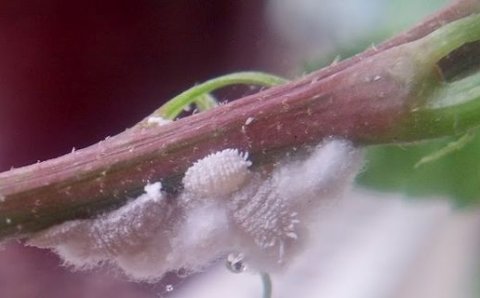
People can read the two words - no automated system can.
We’ve all seen it. Whether it’s there to keep automated spammers away from your blog comments or to make sure you are a real person who is registering for an account, at some point we’ve all had to deal with a graphic like the one above. It’s called CAPTCHA, which stands for Completely Automated Public Turing test to tell Computers and Humans Apart. While there is some controversy over who invented it, the process was first patented in 1998 by Mark D. Lillibridge, Martin Abadi, Krishna Bharat, and Andrei Z. Broder at AltaVista.
Why is CAPTCHA so effective? Because even though it is relatively simple for you and me to read the obscured and distorted words in a graphic, so far no one has been able to program an automated system to do the same thing. Computers can be programmed to scan a picture of a page of printed text and read the words in the picture. However, when the words are obscured or distorted too much, the program doesn’t recognize them anymore. A human looking at the same picture can read the words, even when the most sophisticated automated system cannot.
A team of scientists at the Salk Institute for Biological Studies is starting to reveal the amazing complexity behind our ability to interpret such images.
Continue reading “CAPTCHA – Why We Can Read It and Robots Can’t”







